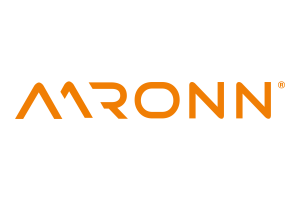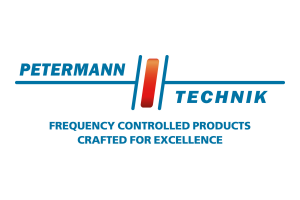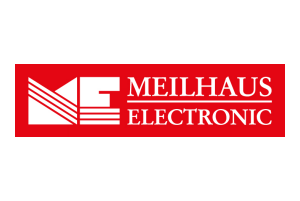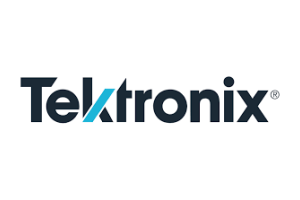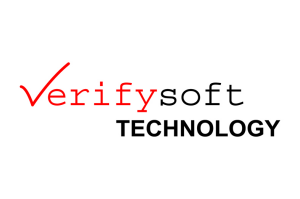Atom x7000RE processors
Selecting embedded solutions for edge applications
New processor lines, module formats and use cases change the capabilities and requirements of embedded computing solutions. When selecting these solutions, various factors have to be considered.
Embedded boards, systems, software, displays and peripherals – particularly those available from a single source – are playing an increasingly pivotal role in how design engineers reduce the time and resources required for industrial computing projects. Engineers know that by collaborating with reliable embedded computing partners they gain access to the latest technologies which they can leverage to successfully integrate their end application software.
The growing popularity of embedded computing technologies is the result of many factors. In the industrial market, embedded systems support better process reliability, functionality and efficiency by facilitating real-time monitoring and control. Many robotic arms and automated manufacturing systems also rely on embedded systems to control motion and handling tasks precisely and quickly. Further sectors tapping into the benefits of embedded computing systems include medical equipment, such as patient monitoring and diagnostic imaging systems. Automotive vehicles, telecommunications devices and security systems can also take advantage.
Embedded solutions are defined by the partnerships of the provider with various technology leaders. The availability of embedded design-in services should also form part of the selection decision. Design engineers can benefit greatly from value-added design-in services that eliminate complex integration difficulties, shorten design and integration cycles, and minimise uncertainty and risk. Software services for embedded computing systems should also be available, covering BIOS, OS, software APIs, utilities and IoT device remote management.
Trust the process
At the heart of any leading embedded computing product line-up is the processor. Taking advantage of the right one will ensure power-efficient performance and scalability.
Key processor attributes to look out for include the latest technology, a process node used in the design and fabrication of chips that effectively involves shrinking transistors. Aside from faster computing power, 7nm processors feature more transistors in a given space, which means they consume less power and dissipate less energy.
The number of processor cores is also important. More cores mean the processor can manage more tasks at the same time. It can also process more instructions in a given time period and is a key factor in the smooth running of programs. To meet the diverse needs of edge applications, more cores will ensure the delivery of versatile computing power. Further beneficial features in support of high processor performance will likely include integral deep-learning inference capabilities, a built-in GPU and support for multiple graphics EUs (execution units) with INT8 instruction for both CPUs and GPUs.
One such processor demonstrating these capabilities is the newly launched Intel Atom x7000RE series. Suitable for industrial environments, this advanced processor builds upon the foundation of the previous Intel x7000E series, providing up to 5.15 times faster graphics performance and up to 9.83 times more performance in image classification.
Notably, the new processors support real-time technologies such as Intel Time-Coordinated Computing (TCC) and time-sensitive networking (TSN) to optimise support for real-time applications like industrial automation. Moreover, as the first Intel Atom processor to integrate DDR5 memory, it delivers faster speeds of up to 4800 MT/s, expanded bandwidth and reduced latency, fortified by in-band error correction code (IBECC) for enhanced memory reliability and error protection during operation.
Requirements for industrial use
These are the reasons why Advantech is placing the Intel Atom x7000RE series processor at the heart of its new embedded line-up: a series of products that includes single-board computers (SBCs), computer-on-modules (COMs) and motherboards. The design of these industrial-grade solutions is such that they can deliver uninterrupted performance even in temperatures of -40 to 85°C, vibration and shock.
There are many factors to consider when selecting an embedded SBC – devices which find use in applications that include charging stations for electric vehicles (EVs), passenger information systems on trains and aircraft, and information kiosks. Specifying an embedded SBC typically hinges on key application factors such as the operating environment, display requirements, out-of-band (OOB) remote control management, I/O needs, cooling demands, and expansion and storage requirements.
Aside from taking advantage of a processor like the Intel Atom x7000RE, the SBC needs to offer a large memory capacity that is capable of fulfilling ultra-high-speed data transfer rates and high-efficiency power management. Another important feature is support for multiple independent displays, typically including LVDS, HDMI and DP. Also necessary is support for 2.5 Gigabit Ethernet, USB, COM, LAN and CAN-FD. Sufficient expansion slots and support for software APIs and IoT device remote management software are further must-haves.
For those working to a budget, embedded COMs offer an economical solution. Perhaps intended for automation or medical applications, selection tips include seeking out an embedded COM SMARC module.
Those requiring embedded COM Express Type 10 or COM Express Type 6 form factors, also need to scrutinise certain capabilities. For instance, a COMe Type 10 module will need a large memory and operate across a wide input voltage range to prove successful in application sectors that include military and defence. Similarly, a compact COMe with Type 6 pinout should feature abundant and versatile I/O to facilitate easy migration in tasks such as factory automation and frequency spectrum analysis.
Capabilities of edge computing
With regard to embedded motherboards, a low profile and high power efficiency are likely to support stable and quiet performance in the demanding operating environments commonly endured by outdoor kiosks, signage and many HMI applications.
With a processor such as the Intel Atom x7000RE series at its heart, a well-specified embedded motherboard should offer a large memory for fast data transfer, preferably with the availability of a SO-DIMM memory module. Support for multiple independent displays, abundant I/O expansion, a fan-less design, and support for embedded software APIs and IoT device remote management software, are further considerations.
To maximise the capabilities of modern edge applications, embedded solutions require the support of comprehensive software integration, OS and design-in services – factors which again influence the supplier selection decision.
With the proliferation of IoT devices, the rise of edge computing is becoming far more conspicuous. Processing data closer to the source reduces latency and bandwidth requirements, making embedded systems a more efficient solution for applications of this type. As technology continues to advance, embedded computing will play an increasingly vital role in shaping the future of connected, intelligent and automated systems.
Claus Giebsert is Product Sales Manager, Modular Solutions at Advantech.






